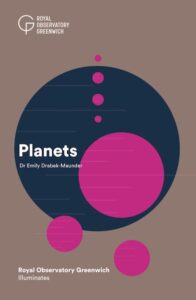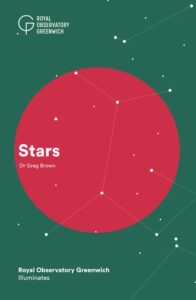 One of the great joys of living outside of a densely populated area is the dark skies at night, and because of those dark skies the myriad stars that can be seen when those skies are not veiled by clouds. Of course, not all those “stars” are stars – some are planets (as well as occasionally comets, orbiting useful satellites, and – unfortunately as of late – mean Mr. Musk-stache’s phalanxes of space litter).
One of the great joys of living outside of a densely populated area is the dark skies at night, and because of those dark skies the myriad stars that can be seen when those skies are not veiled by clouds. Of course, not all those “stars” are stars – some are planets (as well as occasionally comets, orbiting useful satellites, and – unfortunately as of late – mean Mr. Musk-stache’s phalanxes of space litter).
But back to the planets and stars.
Once one has obtained a basic grasp of visually distinguishing our solar system’s handful of planets from the vast number of stars visible on any given night (here’s a tip: from an Earth-bound perspective, stars twinkle while planets don’t), questions naturally begin to arise in any skyward observer’s mind. Are these planets all the planets there are? Are they all alike? Are any of them inhabited? Are the stars similar to one another? How far are they from us? Why do they seem to be different colors? And so on.
 To help answer these, and a number of the other questions that are commonly asked by those who begin to look up, the Royal Observatory at Greenwich has launched the Royal Greenwich Illuminates series with two inaugural volumes: Planets by Dr. Emily Drabek-Maunder and Stars by Dr. Greg Brown. Written at a level that makes them ideal for beginners, these books present the essentials of their respective subjects as well as a nice amount of eye-opening facts and still-unsolved mysteries to inspire further exploration into astronomical subjects.
To help answer these, and a number of the other questions that are commonly asked by those who begin to look up, the Royal Observatory at Greenwich has launched the Royal Greenwich Illuminates series with two inaugural volumes: Planets by Dr. Emily Drabek-Maunder and Stars by Dr. Greg Brown. Written at a level that makes them ideal for beginners, these books present the essentials of their respective subjects as well as a nice amount of eye-opening facts and still-unsolved mysteries to inspire further exploration into astronomical subjects.
Available from:
